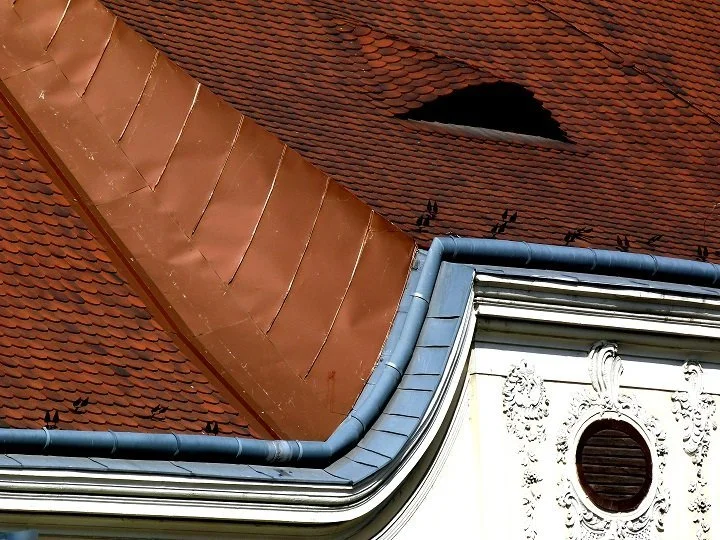Roof Flashing- A Basic Guide to Follow
Want to prevent water from getting under the roof? Flashing is your best friend. It is a thin metal layer, which is used in directing water away from roof areas. Non-corrosive metals like aluminum, steel, or lead are used. Similarly, copper is used, but occasionally. Find out how flashing helps in preventing water.
Purpose of Roof Flashing
Water damage is annoying and at the same time alarming for the roofs. If your roof is having water damage, it can affect the skylight, vents, and chimneys. Not having a flashing can have a significant impact on the shingles and in the seams or the spaces nearby the features. However, flashing helps in channeling water back to the shingles. It finally falls in the gutters, which is great.
We all need long-term integrity for our roofs; hence, it is a good idea to opt for flashing. After all, water entering from a single point persistently can lead to decking. Not only that, but it also leads to water damage in your house. It means you have to tear the shingles and all the materials underneath and replace everything with new shingles. In this case, you must consider roof repair in Oklahoma City.
It is important to understand that poorly installed flashing can turn out to be the biggest culprit of roof leakage. Moreover, it can cause leakage in the decking materials. Due to this reason, flashing is covered by the local building codes.
Do You Think Your Roof Requires Flashing?
Professional roofers can tell you the amount of flashing your roof requires. There are certain features that can cause more leakage than others. Some of these include roof valleys, skylights, etc.
You must find out whether your roof includes any features that create extreme rain runoff. Also, you should check if the roof has any opposing surfaces. Well, the vulnerable surfaces are crucial to be sealed using flashing.
Where Is Flashing Installed?
It is important to understand that the best roofers recommend installing the flashing under roofing materials, especially shingles. When it comes to roof valleys, flashing is installed between two intersecting roof edges.
Shingles are kept partly on top of the flashing. Multiple pieces of metal flashing are installed around chimneys. Most of these are L-shaped and remain attached to the chimneys with a mortar.
Flashing is also laid around the pipes as well as vents. Experts use watertight seals near the pipes. Metal flashing is attached to roofs and shingles are placed on the highest points of the roof.
Invest in Flashing For The Longevity Of Your Roof
Flashing is useful in increasing the longevity of your roof. Install it for preventing expensive roof repairing. Contact Elliot Roofing and work with our experts to meet your roofing needs!

